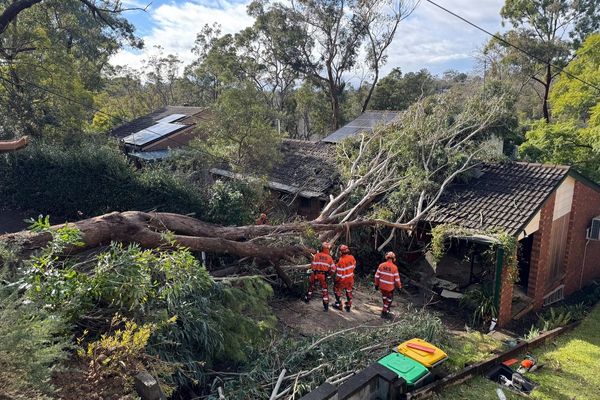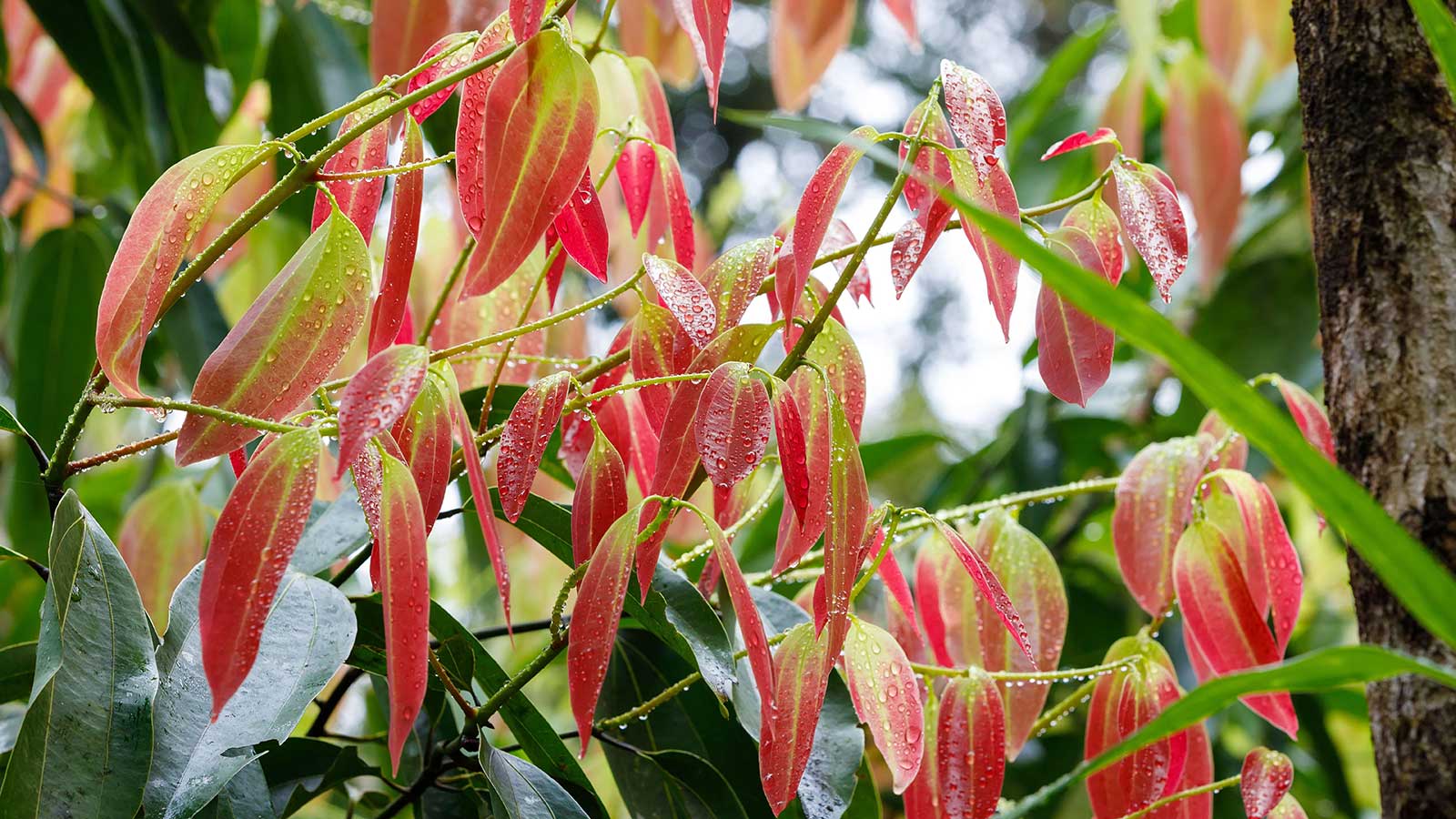
Most of us are familiar with the taste of cinnamon, whether from eating a spiced apple pie or drinking a festive latte. It's often sold ground up into a powder, but you can buy cinnamon sticks, too. Either way, it's made of the dried bark of cinnamon plants, or Cinnamomum spp. – a group of shrubs and trees hailing from tropical climes.
While these plants tend to be relatively slow-growing, it can be fun to grow them at home and harvest your own supply of the spice. As a bonus, cinnamon plants also produce small flowers, and the leaves are evergreen.
If you're interested in bringing a cinnamon plant into your backyard, there are a few things to bear in mind. Below, plant-care experts share their tips, including advice on pruning, temperature, and how to water the plants.
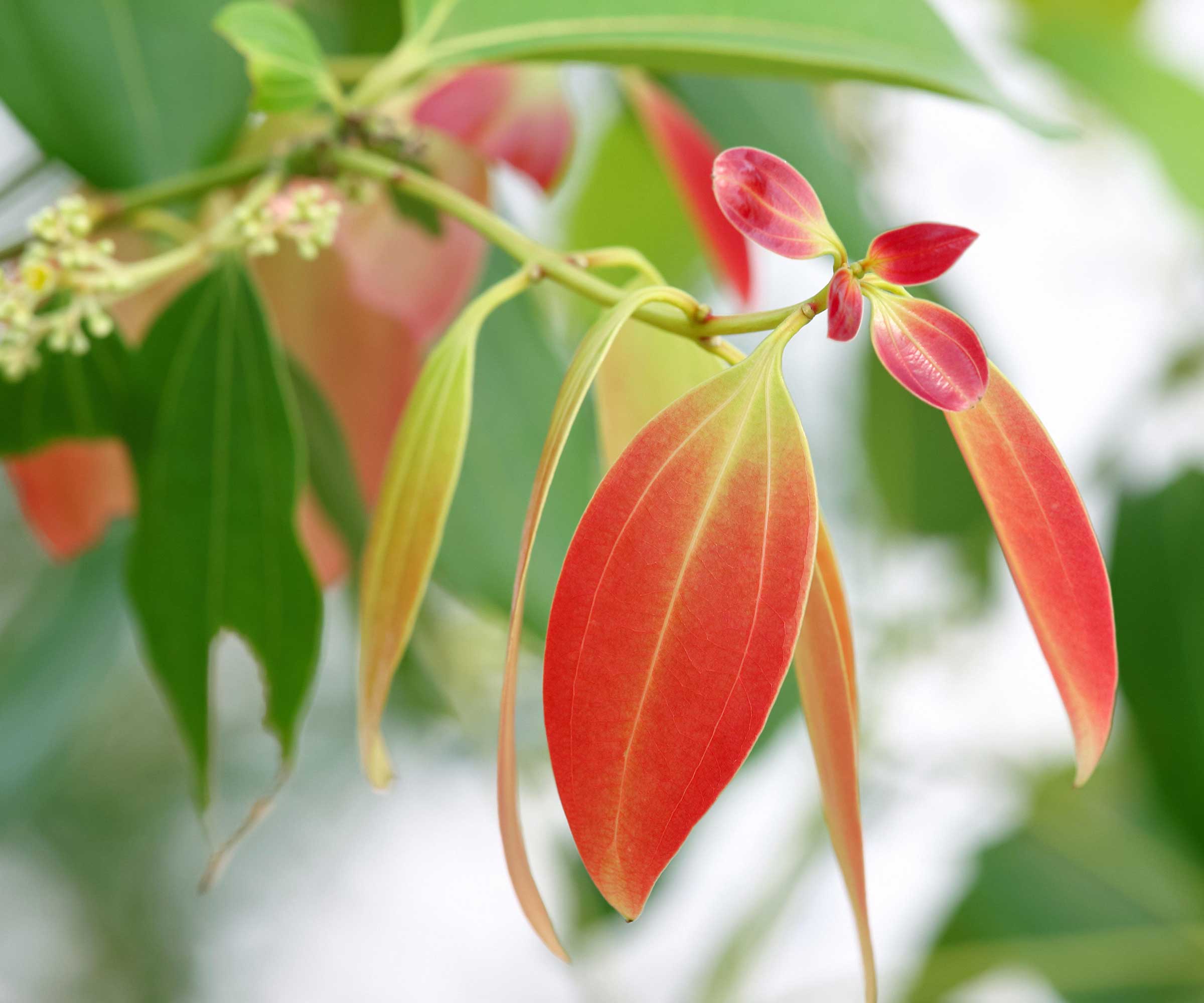
How to grow cinnamon plants
Cinnamon plants can be grown in containers or planted straight into the ground. Before you shop for one, it's worth considering how easy (or tricky) it will be to provide the optimal conditions. According to Halina Shamshur, a plant expert from Plantum, these plants thrive in areas with heavy rainfall and high humidity. They also need adequate warmth.
Growing habits for cinnamon plants
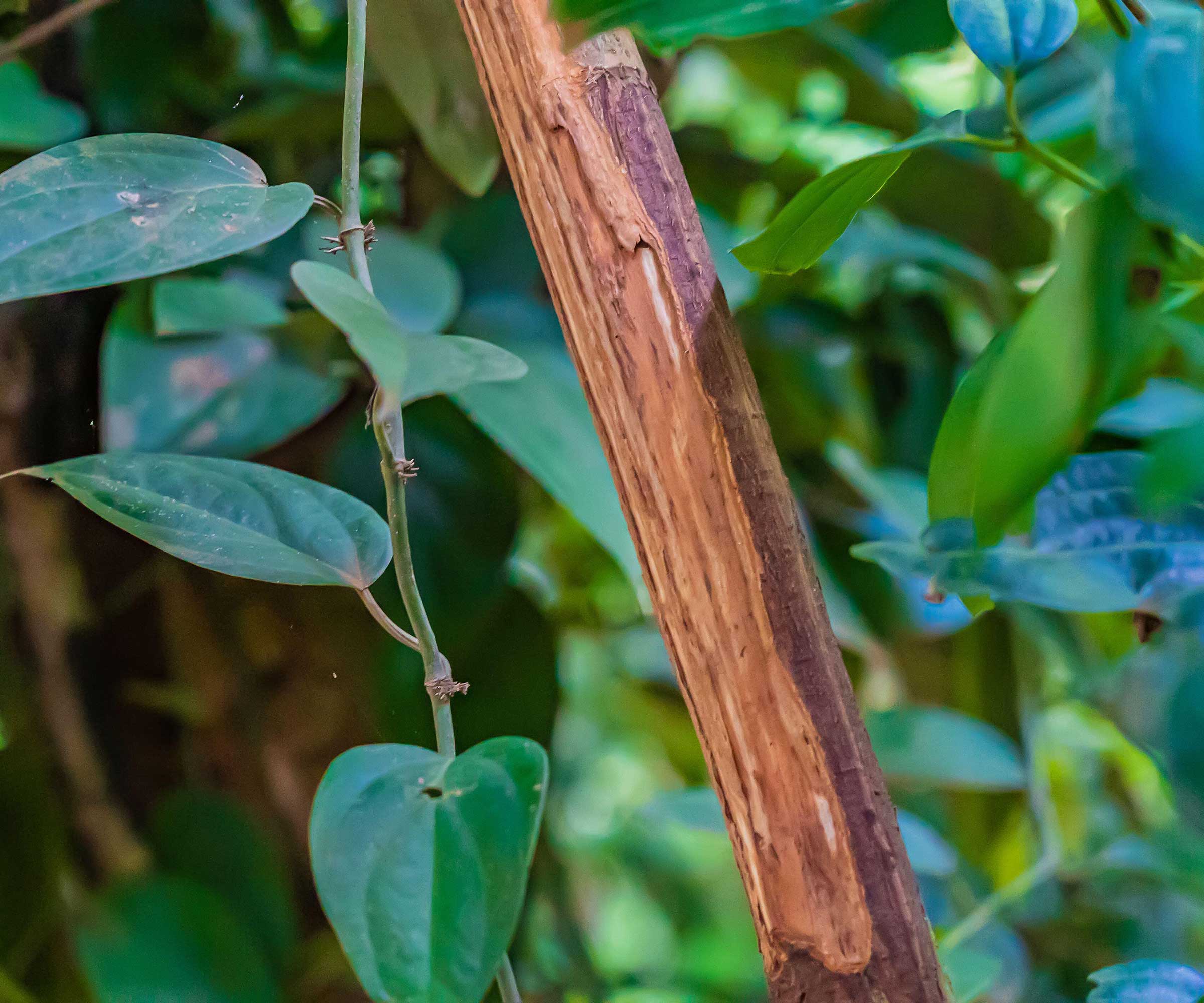
Cinnamon plants are usually bought from nurseries as small plants, rather than grown from seed. Some varieties can grow to impressive heights under the right conditions. For instance, Cinnamomum zeylanicum, from Fast Growing Trees (also known as 'true cinnamon'), can grow up to 60ft.
Temperature is one of the most important factors to consider when growing cinnamon plants. According to Alex Betz of Plant by Number, they are ideal for hardiness zones 9-11, and cannot tolerate frost or prolonged cold temperatures.
Halina says, if winter temperatures tend to drop below 50ºF in your area, growing your Cinnamomum in an outdoor container is the best option. 'During colder months, you can easily move the pot indoors or into a greenhouse.' Alex recommends bringing them indoors before the first frost, and keeping them somewhere humid, with plenty of indirect sunlight in temperatures of 65-75°F. There are various ways to increase humidity for indoor plants, as our dedicated guide explains.
Even if you live in a warm region, you will need to prepare outdoor plants for any cold snaps that may occur. Applying a thick layer of organic mulch around the base of plants growing in the ground will help insulate the roots, Alex says. 'If frost is expected, cover the plant with a frost cloth, burlap, or a breathable plant cover. Remove the cover during the day to allow the plant to receive sunlight.'
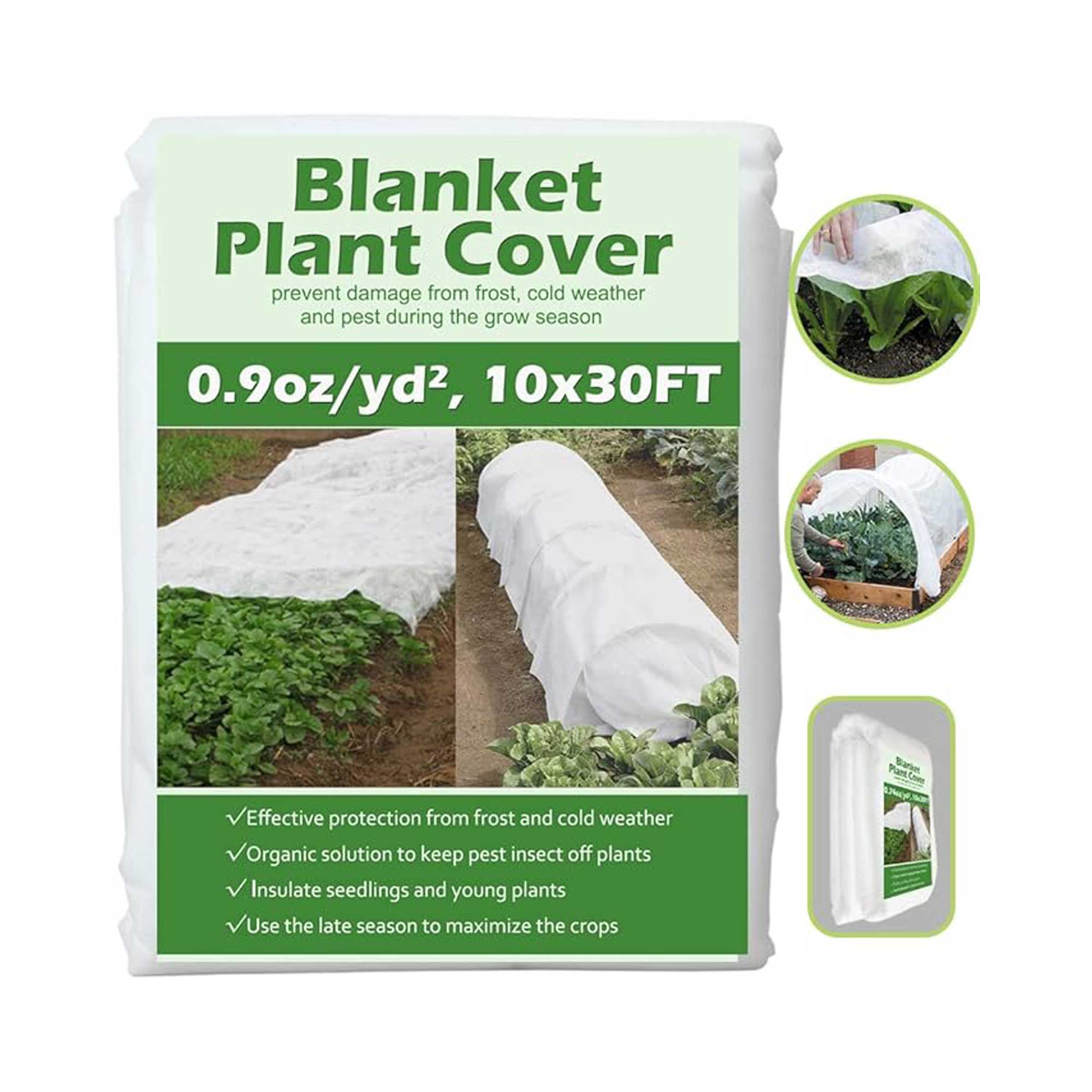
These lightweight frost cloths from Valibe are ideal for protecting plants against cold snaps. Different sizes are available.
Growing guide for cinnamon plants
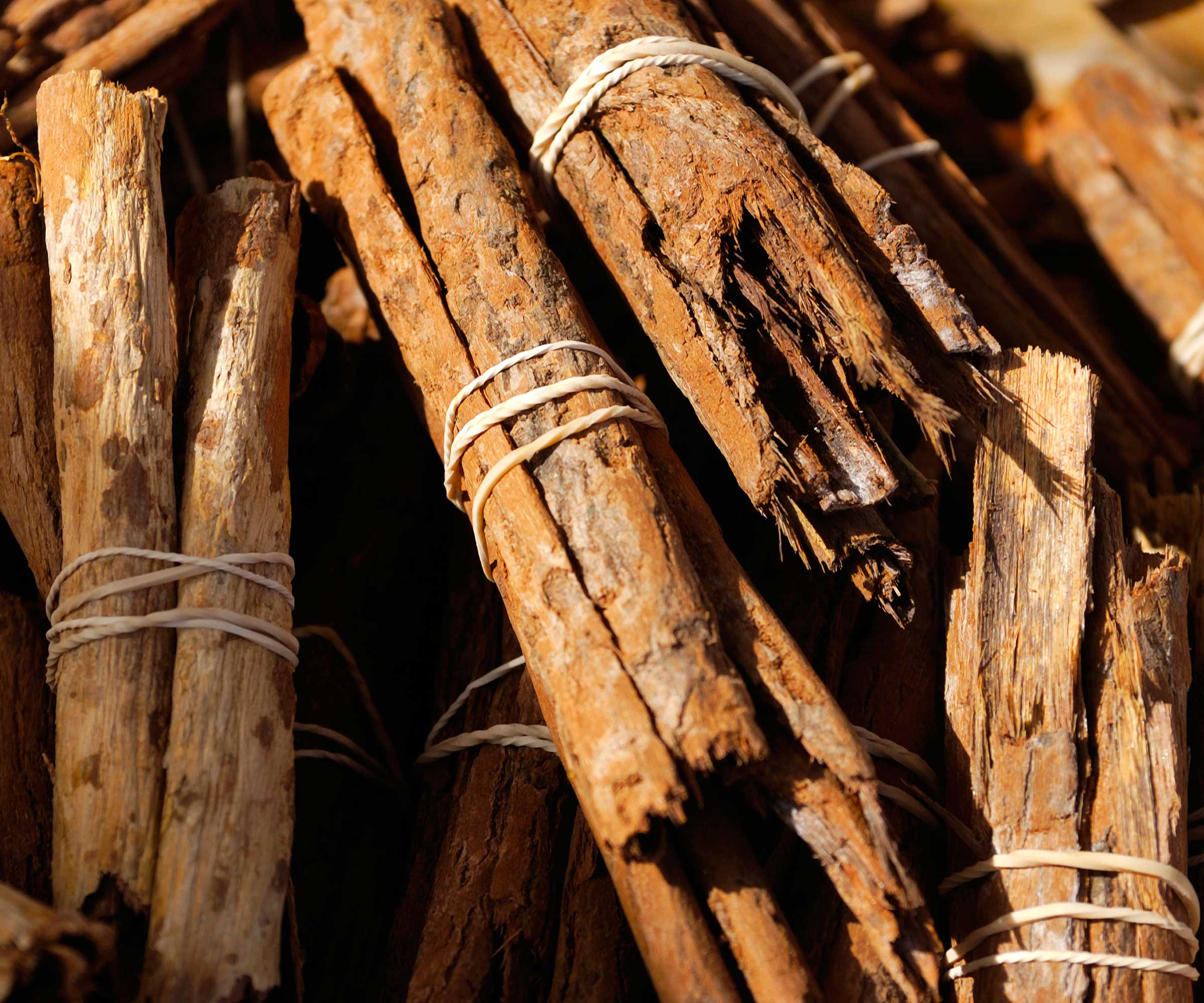
Soil: A nutrient-rich, well-draining soil is best. For container growing, Halina recommends adding a layer of drainage material at the bottom, such as expanded clay, and ensuring the pot has drainage holes. 'Check the size when deciding on a container – it needs to be spacious enough to give the root system room to grow,' she adds.
Light: 'They thrive in a partial shade to full sunlight spot,' says Alex. 'In hot climates, planting them where they get morning sun and afternoon shade is best.'
Watering: These plants like regular watering, as Halina points out. For pot-grown cinnamons, she recommends watering once the topsoil dries by an inch – you want to keep the soil constantly slightly moist, but not to the point of sogginess. 'For plants in the open ground, make sure the soil has dried by about two inches before watering,' she adds. 'Consider adding a layer of bark mulch around the base of the plant to retain moisture and keep the roots cool.'
Fertilizing: These plants can be fertilized during the growing season to give them a boost. 'Stop fertilizing about six to eight weeks before winter to slow growth and prepare for dormancy,' Alex says.
Pruning: Heavy pruning isn't usually required for these plants. 'For both container and in-ground cinnamon plants, prune lightly before winter to remove any dead or weak branches,' Alex says.
Toxicity: Cinnamon is generally considered non-toxic to humans and pets. However, ingesting large amounts can cause adverse reactions. Breathing in the powdered spice should also be avoided. Also, note that cinnamon essential oil is not pet-safe.
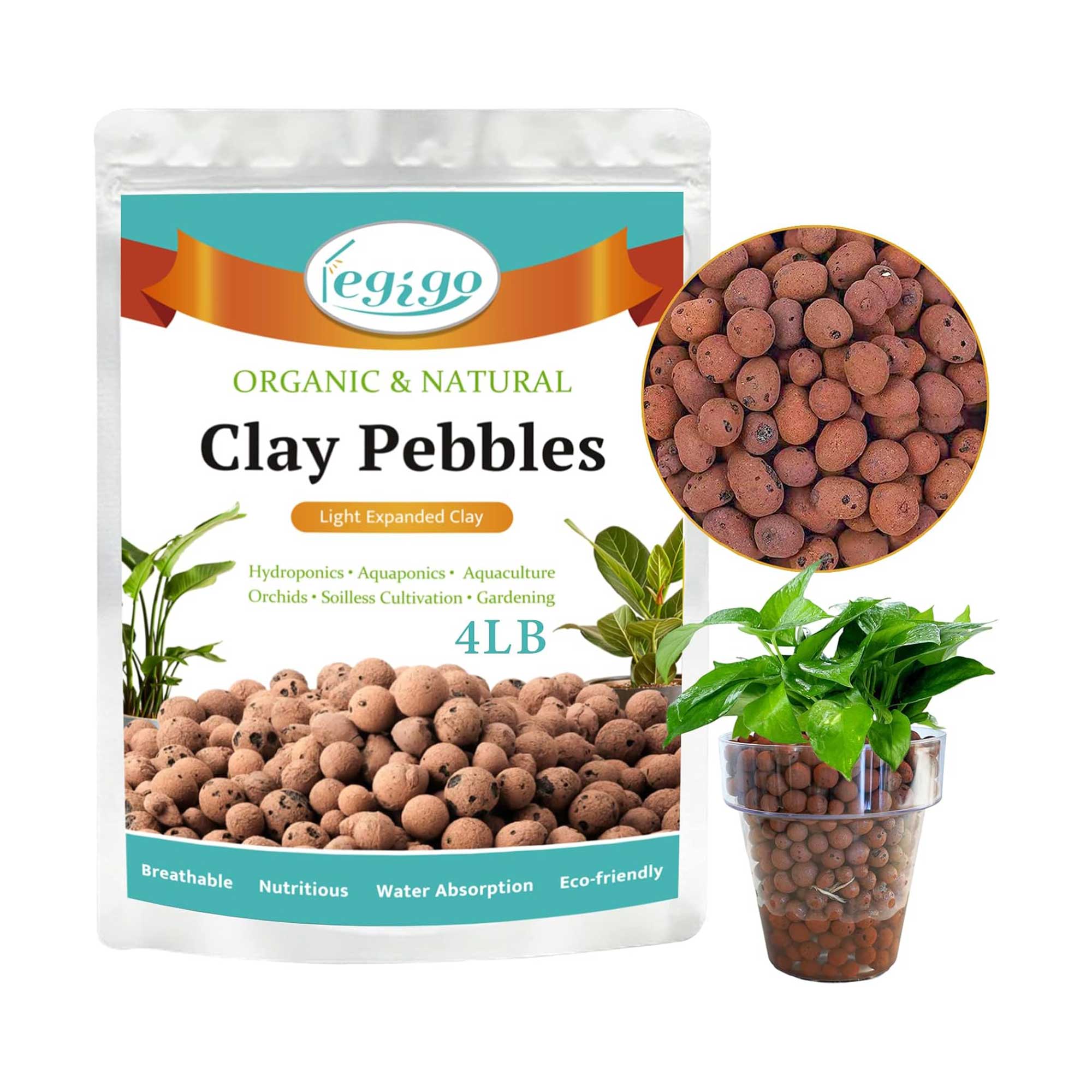
Enhance drainage and aeration in your containers with these clay pebbles from Legigo. They can be used for growing orchids, too.
FAQs
How do you harvest a cinnamon plant?
Harvesting cinnamon involves carefully removing the inner bark of the tree, says Alex. He highlights that the plant should be two to three years old, at least three feet tall, and have mature branches before you do this. Harvesting should take place during the rainy season or when the plant is actively growing, he adds. 'Avoid harvesting too much at once to keep the tree healthy.
'Choose branches one to two years old and about one to two inches in diameter,' he says. 'Cut the selected branches close to the main trunk with a clean knife or pruning shears.'
Alex instructs to then gently scrape off the outer rough bark using a knife or peeler, exposing the smooth inner bark. 'Make shallow cuts lengthwise along the branch, then pry the inner bark off in strips.
'Lay the harvested bark strips in a warm, dry, and shaded location with good air circulation for four to seven days until they are fully cured and brittle. They will curl naturally into quills, transforming into the cinnamon sticks we know.
'Store the dried cinnamon sticks in an airtight container in a cool, dark place,' he adds.
Why are the leaves on my cinnamon plant turning yellow?
Yellowing leaves are usually a sign of stress and are often caused by overwatering. Remember to plant these shrubs in well-draining soil, and adjust your watering regime if needed.
If you're interested in growing more spices at home, why not take a look at our guide on harvesting coriander seeds?


